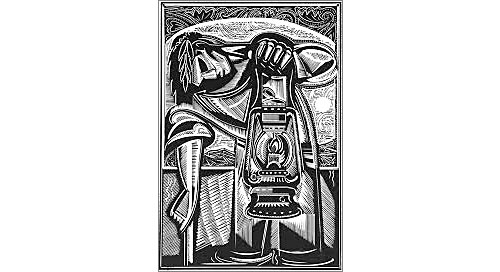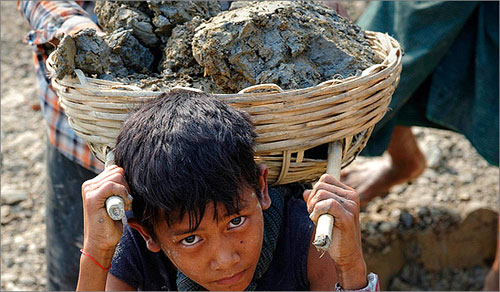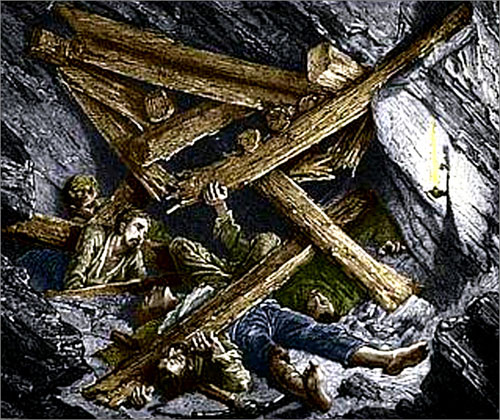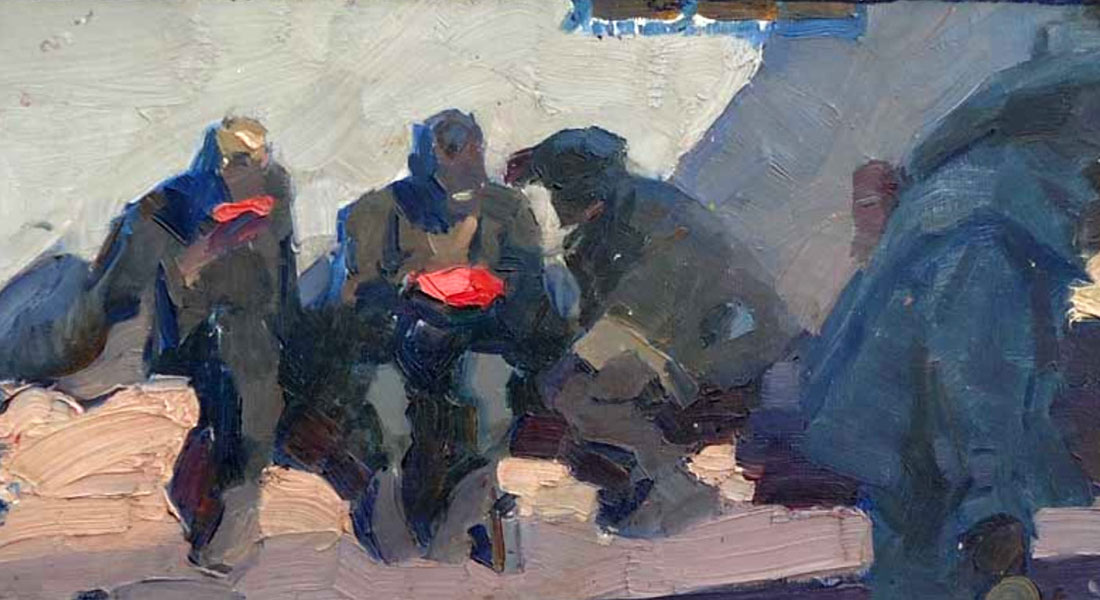
Searching for paid work
Volume Four of Then, There Were Mines is all about the men who left their homes, families and smallholdings and came in search of paid work. It tells of their lives, of the abuses that they were subjected to, and of the illnesses that inflicted them.
1000's of people worked in the mountains
I was sceptical when, on one of my first visits to the Sierra Almagrera, I was told that thousands of people used to work in the mountains. The main reason for my doubts was the apparent absence of any significant mining town or even mining village. The miners’ quarters at El Arteal were relatively modern, and in any case could never have accommodated the sort of numbers that I was hearing about.
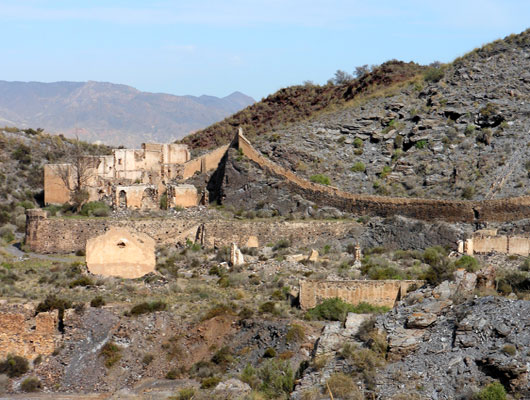

What does this book cover?
This volume is divided into nine chapters.

Chapter One: Ghosts of the Ghost Towns.
Where did the thousands of men live? What happened to the large ‘poblado minero’, mining settlement, along the coast. Meanwhile, the one at El arteal is just about still standing, haunted by the ghosts of Franco’s Spain.

Chapter Two: The Division of Labour.
With no mechanization, manual labour was the order of the day. Each activity had its dedicated operatives. The strength and endurance of both the underground, and surface workers, is to be marvelled at.

Chapter Three: The Gavia Army.
The most distressing aspect has to be that of child labour, the gavia army. One third of the workforce in the Sierra were children, whose treatment at the hands of their overseer shocked the foreign mining engineers.

Chapter Four: The Dead Workers’ Work.
The workers weren’t dead, the work was, in the sense that it was unprofitable. These were the itinerant gangs of men who sank the hundreds of shafts in the Sierra, drilling and blasting, to inch their way downwards.

Chapter Five: A Casual Exploitation.
Tied into two month blocks of continuous work, pay docked for food, a system of credit for basic necessities and the infamous truck system of payment in tokens. Everything about the terms and conditions of the workers was weighted in favour of the mine owners.

Chapter Six: Snakes and Ladders.
A choice of two ways of reaching the work face, both dangerous. Ladders sapped the men’s strength but riding the shaft, holding on to the snaking rope was not always a good option. A perilous game!
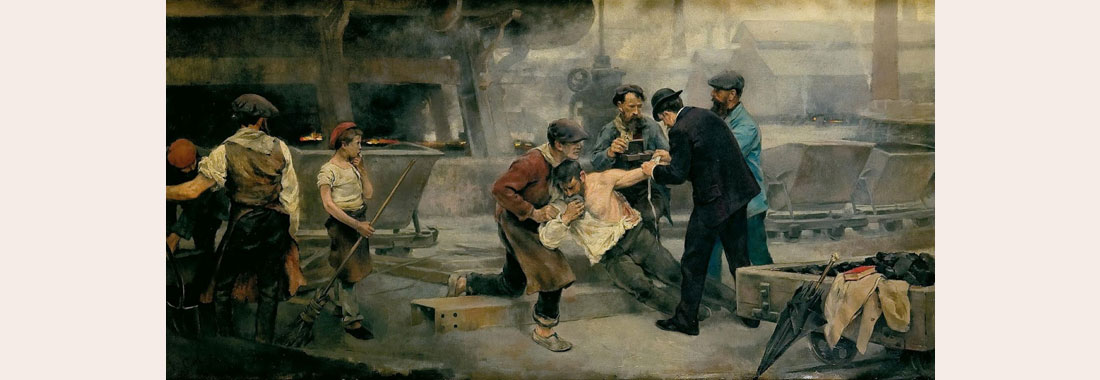
Chapter Seven: In Sickness….
The diseases of poverty, together with occupational diseases, infestations, fungal infections and poisonings, all were common. The treatment for lead poisoning was with equally poisonous emetics and opiates, combined with powerful laxatives. It’s a wonder anyone survived.
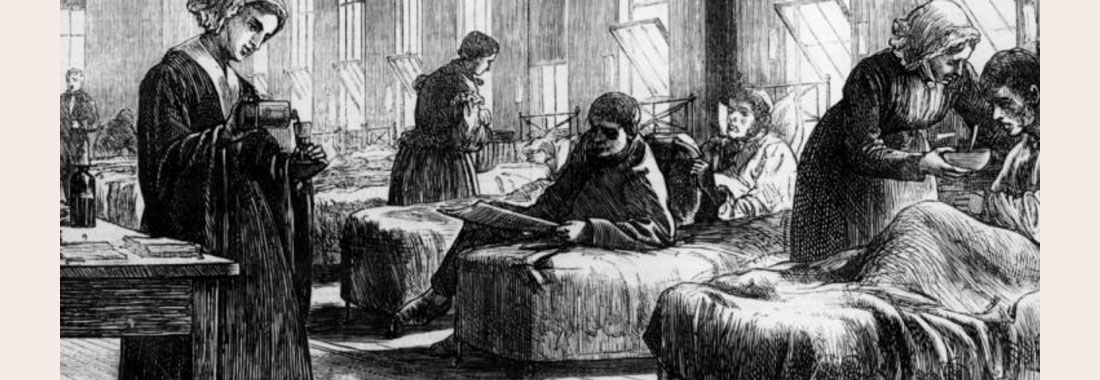
Chapter Eight: ...And in Health.
Even the provision of hospitals provided an opportunity to further abuse the workers. Appalling conditions, the poor state of the building, the shortfall of funds, the outcome was inevitable. When the hospital fails there is always Faith to turn to. The chapels and churches to which the men turned.
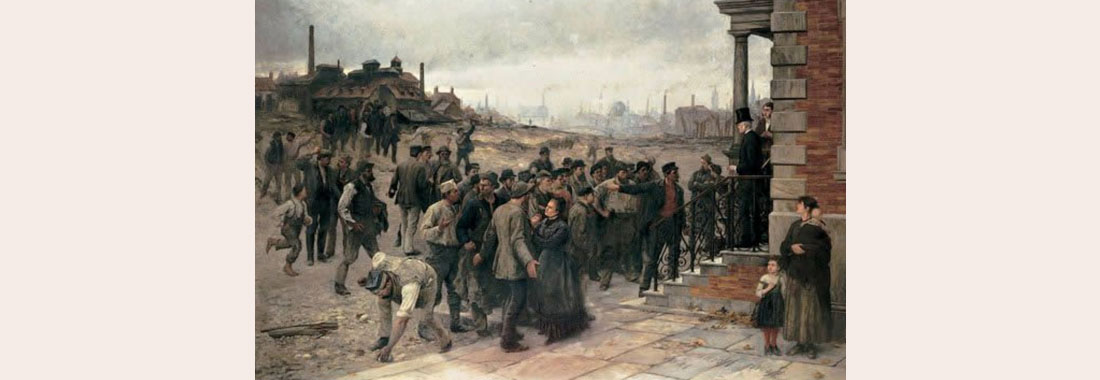
Chapter Nine: The Worm Turns.
Revolution, Socialism, Communism, all were slow coming to the Sierra Almagrera, but come they did. The hard won victories were hollow ones. The consequences of the First World war left many who had gained workers’ rights without any work in which to exercise them.
